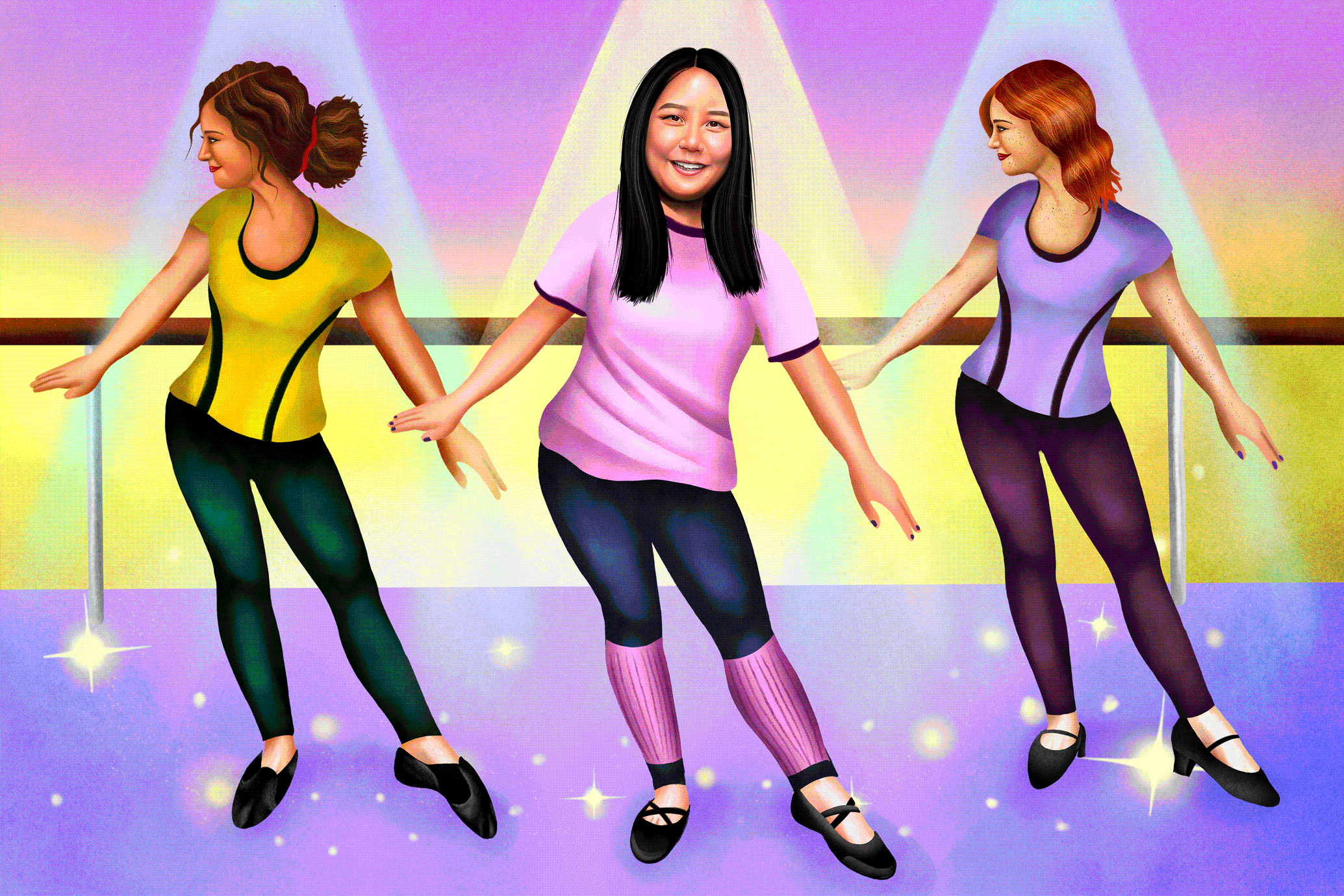TELEVISION REVIEWS : ‘MADE IN U.S.A.’
- Share via
After years of ruinous co-productions with foreign TV networks, PBS’ “Dance in America” series reclaims its sense of mission tonight with an episode titled (significantly) “Made in U.S.A” (8 p.m. on Channel 24; 9 p.m. on Channels 28 and 15; Saturday at 9 p.m. on Channel 50).
Although the three sections of the hourlong program were all choreographed by David Gordon--and all feature Mikhail Baryshnikov--each has a different origin and style. However, director Don Mischer inventively links them through design elements and transitional video animation.
“Valda and Misha” is a perceptive, easygoing new duet that finds Baryshnikov and Valda Setterfield (Gordon’s British-born, ballet-trained wife) talking together about their reasons for coming to America while dancing through bright, cartoonish video environments and effects designed by John Sanborn, Mary Perillo and Rocky Pinciotti. A clever piano medley by Lynn Stanford accompanies the dancing, and comments on it, too.
Adapted from “Four Men, Nine Lives,” a modern-dance work created for the David Gordon Pick-Up Company, “TV Nine Lives” makes Baryshnikov just another seedy cowpoke rolling off chairs (and other bodies) in fluid movement sequences derived from contact improvisation and gymnastics. (Setterfield makes cameo appearances in male drag.) As bodies pile up, so do memorable images: of barroom fisticuffs, homes on the range, deadpan camaraderie.
Set to vintage country records, this funny, touching piece of Americana ends with the mock-execution of Baryshnikov--a bridge to the mock-solemn “Murder,” a work originally commissioned by American Ballet Theatre.
Here, in sequences unified by processional movement, Baryshnikov endearingly portrays multiple doomed characters--the Lady of the Camellias, Jekyll and Hyde, among others--and the scenic elements by Edward Gorey add to the sense of off-the-wall morbidity.
Setterfield narrates the antic prologue; the rest of the work features grandiose music by Berlioz, and both sections benefit from the intimacy of television. Baryshnikov is charming even when his mastery of the choreography is incomplete. (Watch him cushion the falls in “TV Nine Lives,” unlike the men from Gordon’s company.)
Co-produced by Mischer, WNET in New York and KCET in Los Angeles, “Made in U.S.A.” reflects an understanding of dance continuity and expression that was missing in the “Dance in America” episodes made (and botched) overseas.
There are miscalculations (the use of an aggressively rambling camera in “TV Nine Lives”), but the sense of how television can enhance a choreographer’s concept is once again guiding this innovative, invaluable series. “Dance in America” has come home.
More to Read
The complete guide to home viewing
Get Screen Gab for everything about the TV shows and streaming movies everyone’s talking about.
You may occasionally receive promotional content from the Los Angeles Times.






